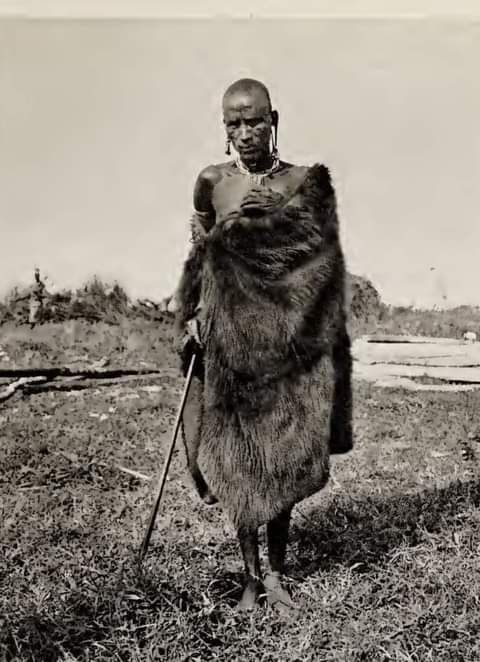In the mist-draped highlands of Kenya’s Rift Valley, where escarpments break the clouds and the wind carries ancestral memory, one name still travels in whispers — Koitalel arap Samoei.
Born around 1860 among the Nandi, Koitalel was more than a warrior. He was the Orkoiyot — a sacred leader who merged prophecy with strategy, faith with resistance. At a time when the British Empire was driving its iron path across the continent, Koitalel saw the railway not as progress but as invasion. Where others saw trade and movement, he saw the coming theft of land, cattle, and sovereignty.
The Prophecy of the Rails
When surveyors entered Nandi country in the 1890s to map the Uganda Railway, Koitalel read their instruments like omens. He warned that the line of steel cutting through their valleys would also cut through the Nandi soul.
From 1895, he began organizing resistance — a rare fusion of guerrilla warfare and spiritual guidance. The Nandi struck swiftly and vanished into the forested ridges, targeting caravans and supply lines. Their attacks slowed the advance of the railway that would later anchor the birth of Nairobi, chronicled in a broader account of the city’s early colonial foundations.
For eleven years, the empire’s forces could not subdue them. To the British, the Nandi became a costly obstacle in their grand colonial blueprint; to their neighbors, they became symbols of unyielding defiance.
(The same struggle over land and power later reappeared in the conflicts explored in Kenya’s northern frontier histories, where terrain and identity again shaped resistance.)
The Betrayal at Nandi Hills
By 1905, British commanders sought a more sinister end. Colonel Richard Meinertzhagen invited Koitalel for a “peace meeting.” The Orkoiyot, true to custom, demanded that both sides arrive unarmed. He came with his entourage near Nandi Hills, clothed in ritual calm — and met treachery.
Meinertzhagen shot him point-blank, a calculated assassination disguised as diplomacy. The Nandi resistance faltered soon after, and the iron snake crept on through their homeland.
Yet, as the railway advanced, so did the story of its human cost — a legacy revisited in a reflection on the colonial transport revolution that reshaped East Africa.
A Legacy Written in Defiance
Koitalel’s death ended a war but began a legend. Across Nandi Hills, his mausoleum now stands as both shrine and reminder. His story survives in oral poetry, in the rhythm of tugul chants, and in the memory of a people who measure time not by rulers, but by resistance.
He is remembered alongside Waiyaki wa Hinga, who fell to treachery decades earlier, and Mekatilili wa Menza, who roused the Giriama on the coast — figures explored in the chronicles of Kenya’s early freedom struggles. Their separate fires joined into a single flame of defiance that would burn into the 1950s Mau Mau uprising, detailed in a deeper exploration of that later revolt.
Through them, the idea of freedom survived colonization, internment, and execution. It evolved from prophecy to politics, from secret forest councils to national classrooms.
The Orkoiyot’s Enduring Voice
In the songs of Nandi elders and the rustle of Rift Valley winds, Koitalel’s warning still lives: that freedom is not gifted but guarded. His vision connected land, spirit, and sovereignty long before such ideas found political language.
He foresaw what would come — the disinheritance that followed, the slow reclamation of dignity, and the re-awakening of cultural identity chronicled later in the study of Kenya’s modern traditions and evolving identity.
Koitalel arap Samoei remains not a ghost of the past, but a voice of enduring relevance — reminding Kenya that the struggle for justice is not measured in battles won, but in generations awakened.

